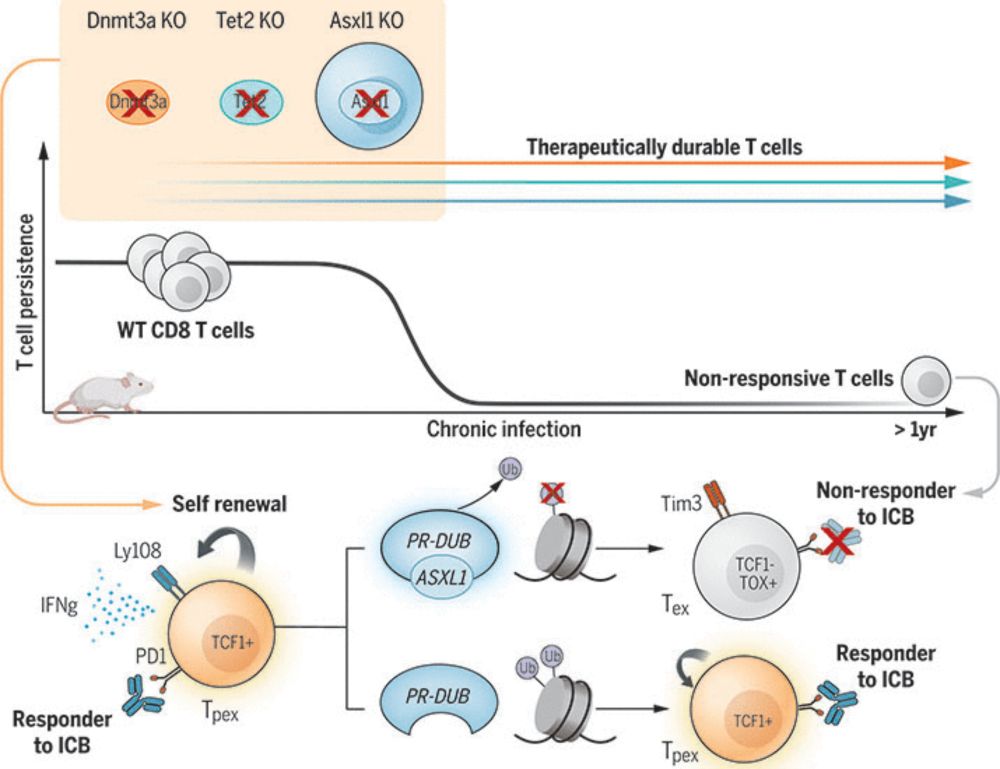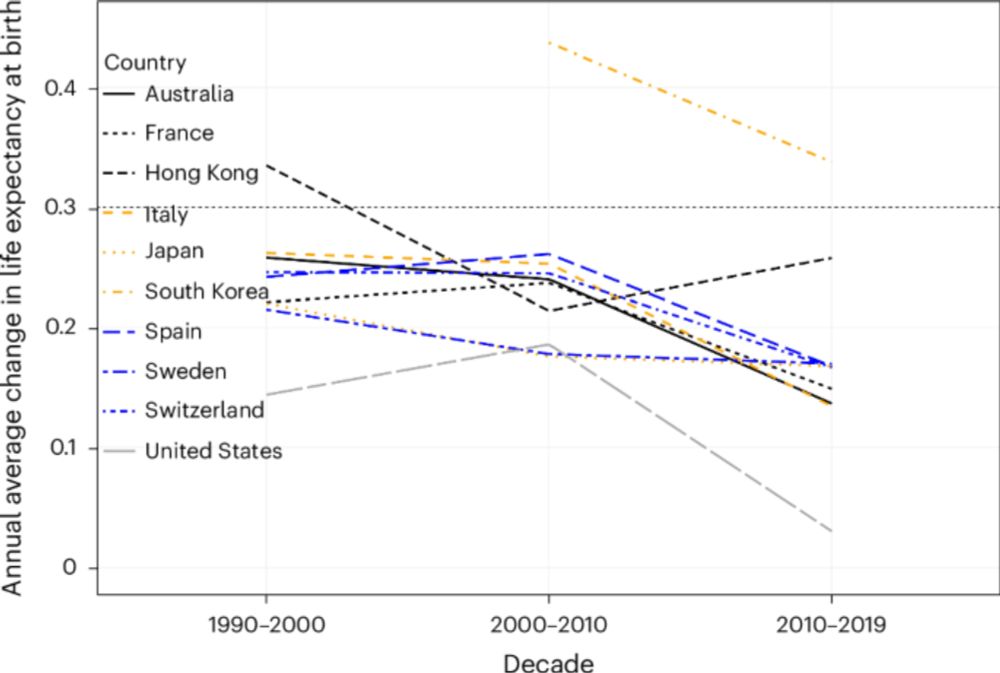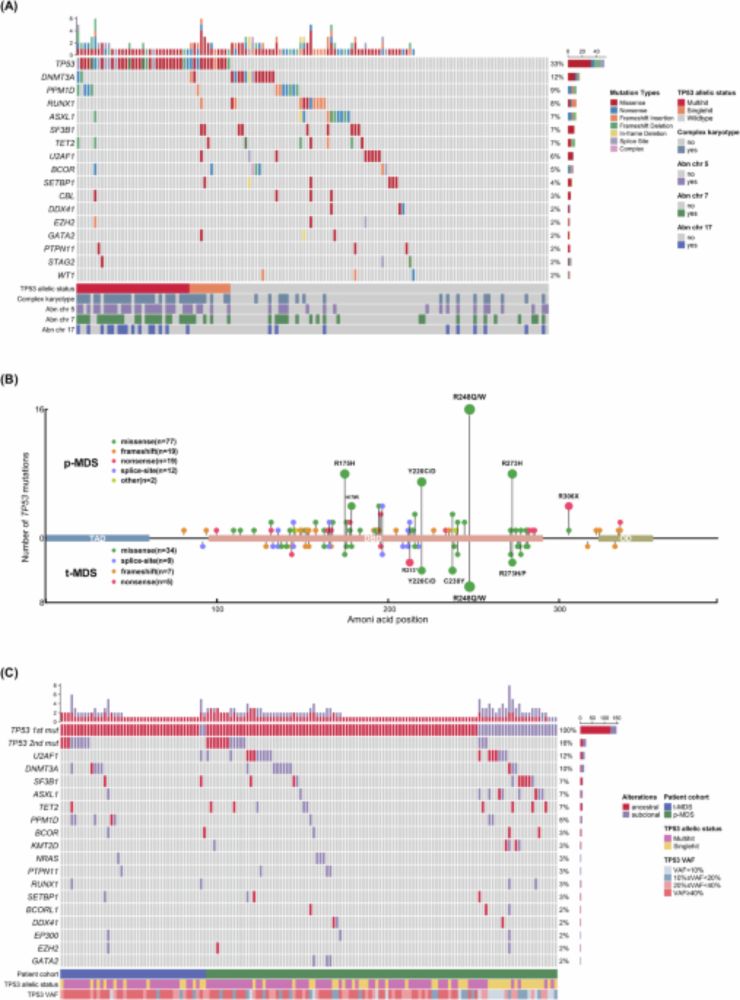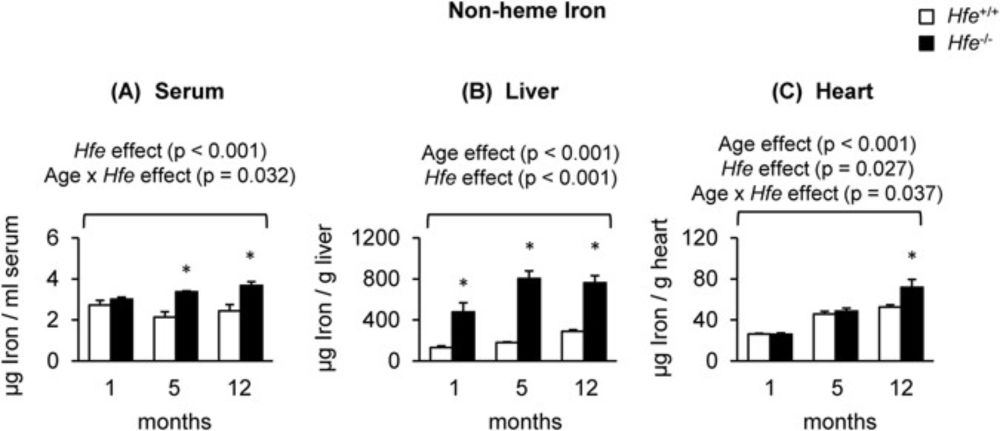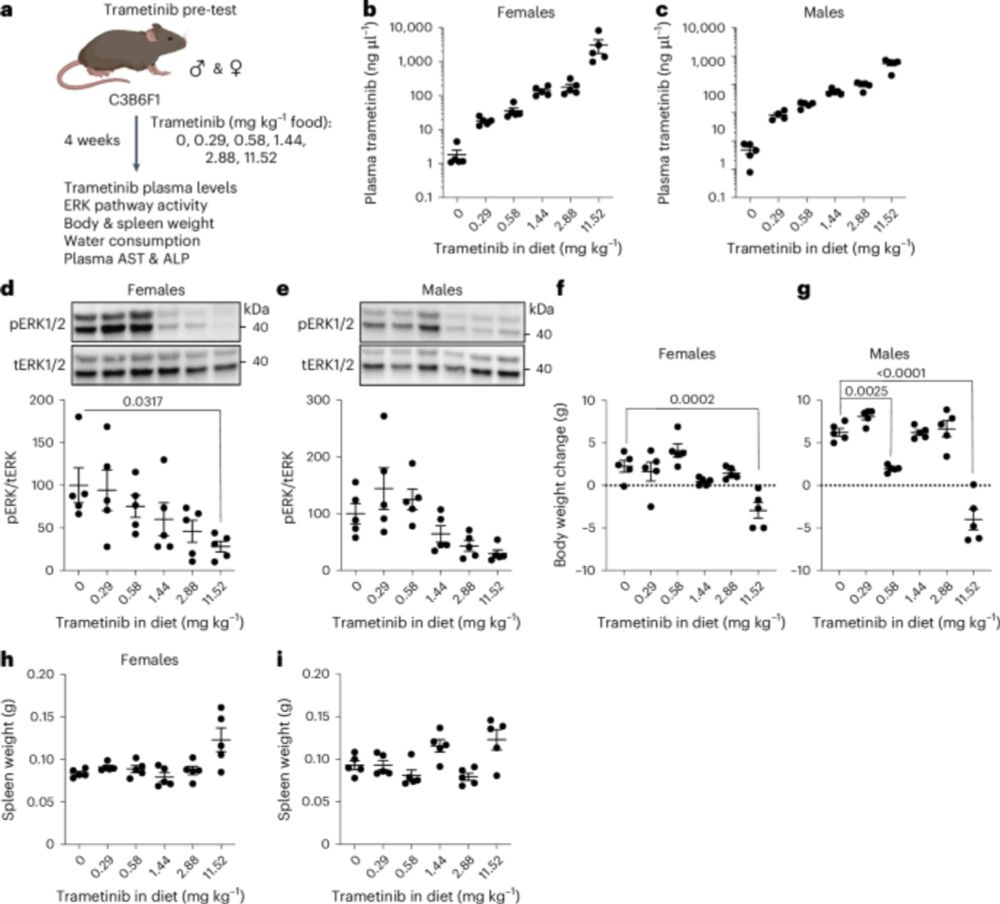
Postdoc | VHIO, Barcelona
Immunotherapies succeed in only ~20% of cases.
Help us break resistance by engineering the right environment.
Join the Aging & Cancer Lab 🌍
👉 Apply: vhiovidaprogramme.eu/recruitment/ | mauslab.org
21.10.2025 09:34 — 👍 4 🔁 4 💬 0 📌 0

📖Culture dishes and in vivo studies are not our only experiments.
As our lab turns soon 3, we keep on testing how to grow a culture where ideas and people thrive.
For anyone curious about the science of teamwork, The Culture Code is a brilliant field guide.
📖 #LabReads
16.10.2025 08:21 — 👍 1 🔁 0 💬 0 📌 0
Hear from Aistė Avižaitė, who joined us from Lithuania to explore aging & cancer and grow in translational oncology at @vhio.bsky.social.
▶️https://youtube.com/shorts/q0g6zdywe6s
26.09.2025 08:12 — 👍 1 🔁 0 💬 0 📌 0
📰Aging disrupts metabolic supply chains, constraining cell renewal. But how do we detect these shortages? In >5000 patients, Tapio et al. show that low ferritin is the best predictor for bone marrow iron. A study with broad implications. hashtag #JournalClub
🔗 ashpublications.org/bloodadvance...
26.09.2025 07:12 — 👍 0 🔁 0 💬 0 📌 0

🌱We are delighted to welcome Gloria Ariño from Universidad Europea de Madrid as our third summer intern!🌟
Gloria will explore how aging creates metabolic bottlenecks in the colon and how these shape tumorigenesis.
With Gloria, Laura & Aiste, our summer intern dream team is complete!💪
13.08.2025 07:52 — 👍 1 🔁 0 💬 0 📌 0

🎯 The Aging and Cancer Lab is not afraid of tough battles — in science or laser tag.
What connects aging and cancer? Can we stop it?
We team up and take aim together at the route causes.. 🔬💥
07.08.2025 10:06 — 👍 4 🔁 0 💬 0 📌 0
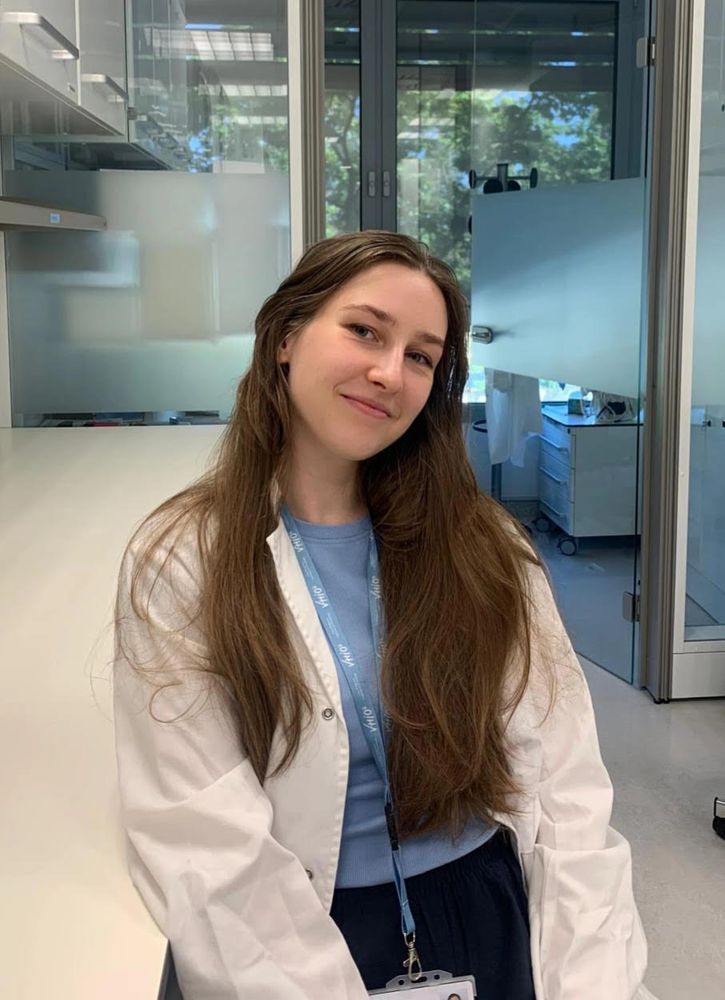
🌱Excited to welcome Aistė Avižaitė from Lithuania’s
@VU_LT
to the lab this summer!
She’ll be studying how chemotherapy alters metabolism in healthy tissues and how this may drive accelerated aging in childhood cancer survivors.
#Aging #Cancer #SummerIntern
05.08.2025 15:10 — 👍 1 🔁 0 💬 0 📌 0
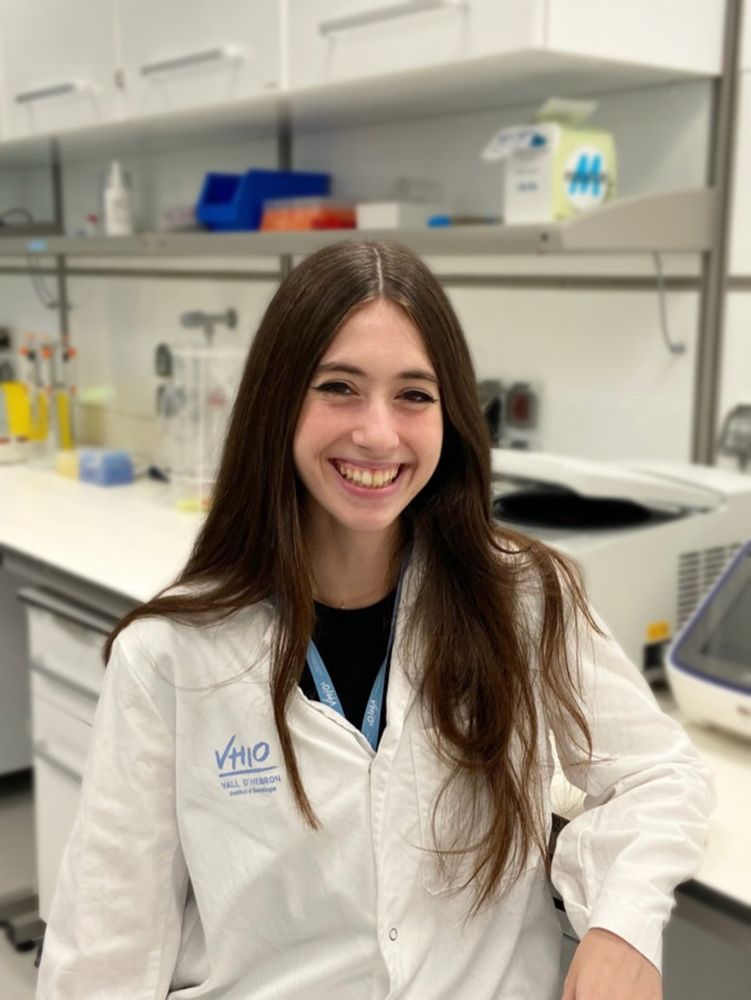
🌱 Welcome aboard, Laura!
Joining us this summer from @URV_universitat, Laura Boró García will be exploring how aging and chemotherapy disrupt metabolism and epigenetics in the bone marrow. We’re thrilled to have her with us! 🧬🧪
#Aging #Cancer #SummerIntern
28.07.2025 07:56 — 👍 4 🔁 0 💬 0 📌 0
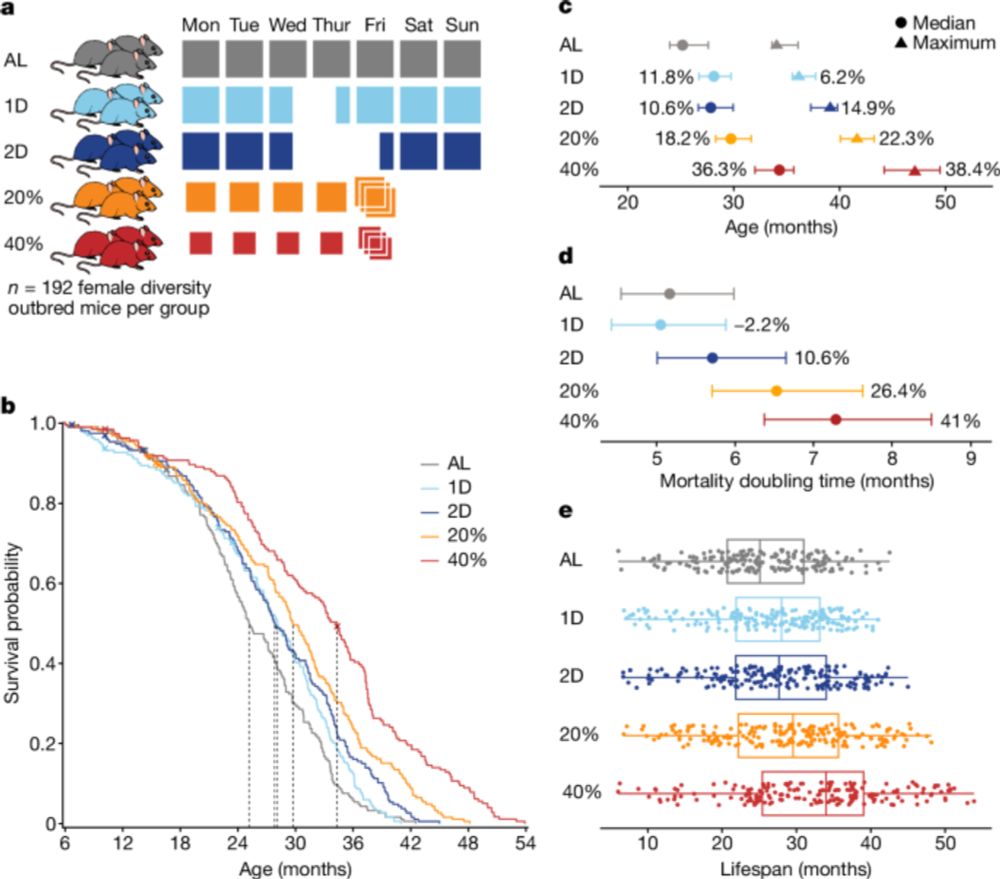
Dietary restriction impacts health and lifespan of genetically diverse mice - Nature
Health effects of dietary restriction are uncoupled from longevity.
Longer lives in laboratory conditions may compromise survival in the real world. In a large study on genetically diverse mice, Di Francesco et al. in Jackson Labs show that lifespan extension under caloric restriction doesn’t always improve health.
#JournalClub
www.nature.com/articles/s41...
25.07.2025 09:55 — 👍 1 🔁 0 💬 0 📌 0

Dietary restriction impacts health and lifespan of genetically diverse mice - Nature
Health effects of dietary restriction are uncoupled from longevity.
Longer lives in laboratory conditions may compromise survival in the real world. In a large study on genetically diverse mice, @DiFrancescoA et al. in @jacksonlab show that lifespan extension under caloric restriction doesn’t always improve health.
#JournalClub
www.nature.com/articles/s41...
25.07.2025 09:50 — 👍 0 🔁 0 💬 0 📌 0
In a preprint, Han et al. from @yibinkang’s lab report that cancer cells in bone metastases hijack iron from bone marrow macrophages that normally support red blood cell production — linking anemia to metastatic progression.
#JournalClub
www.biorxiv.org/content/10.1...
25.07.2025 07:51 — 👍 0 🔁 0 💬 0 📌 0
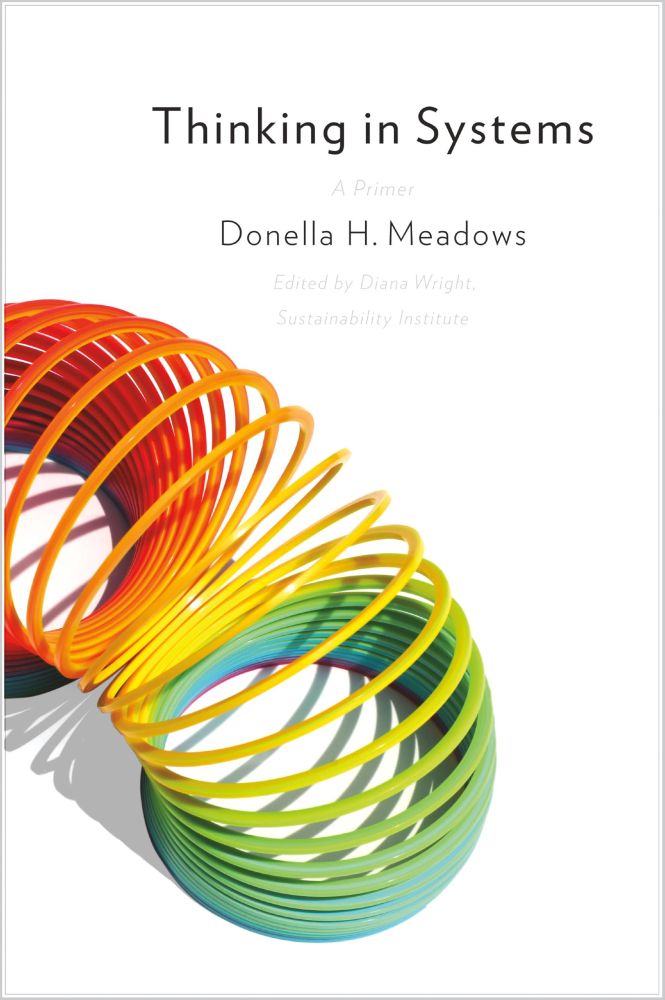
What makes a bag of cells become a complex, intelligent being—and what breaks those rules to cause aging and system breakdown?
Donella Meadows’ Thinking in Systems offers a toolkit to understand biology, society, and the economy in their native language: systems.
#LabReads 📚
24.07.2025 14:56 — 👍 1 🔁 0 💬 0 📌 0
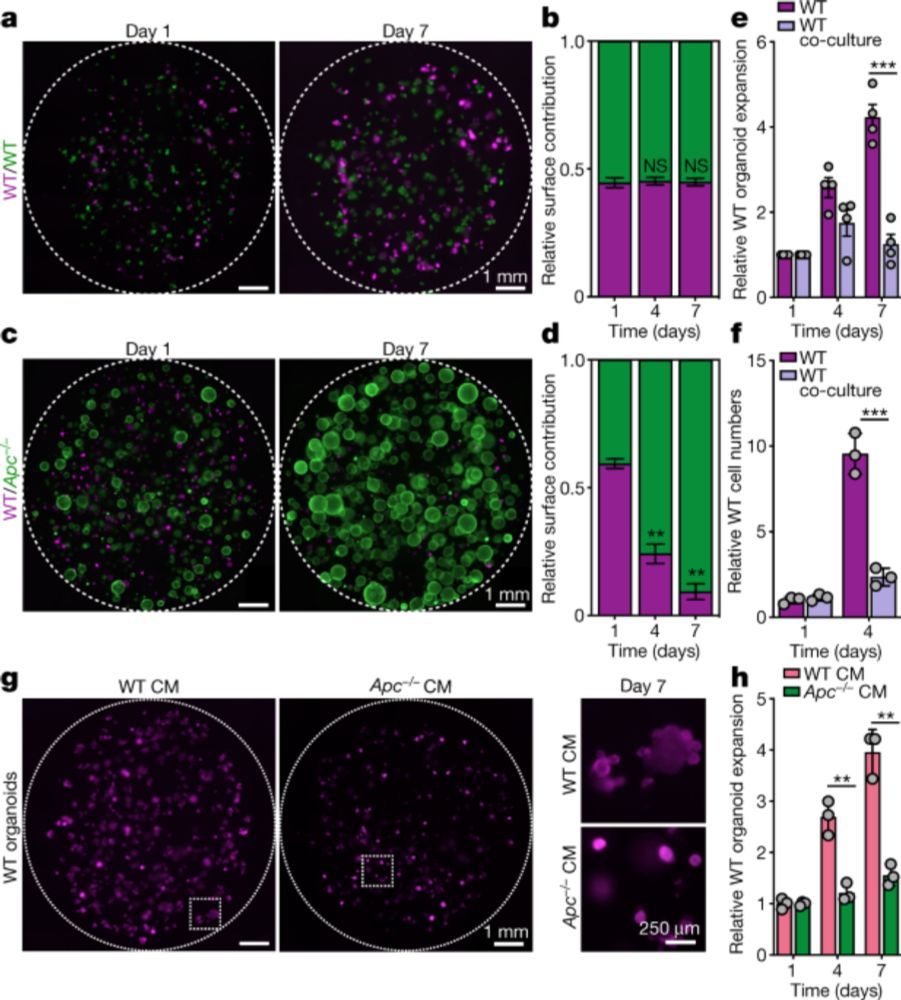
Apc-mutant cells act as supercompetitors in intestinal tumour initiation - Nature
Using experiments in organoids and in vivo in mice, the authors show that Apc-mutant cells act as supercompetitors to initiate the formation of adenomas.
Intestinal stem cells (ISCs) with APC mutations outcompete wild-type ISCs by suppressing Wnt signaling in their neighbors - driving colorectal tumor formation.
Exciting work from Vermeulen lab!
Presented by Marc Guasch @JournalClub
www.nature.com/articles/s41...
22.07.2025 15:01 — 👍 0 🔁 0 💬 0 📌 0
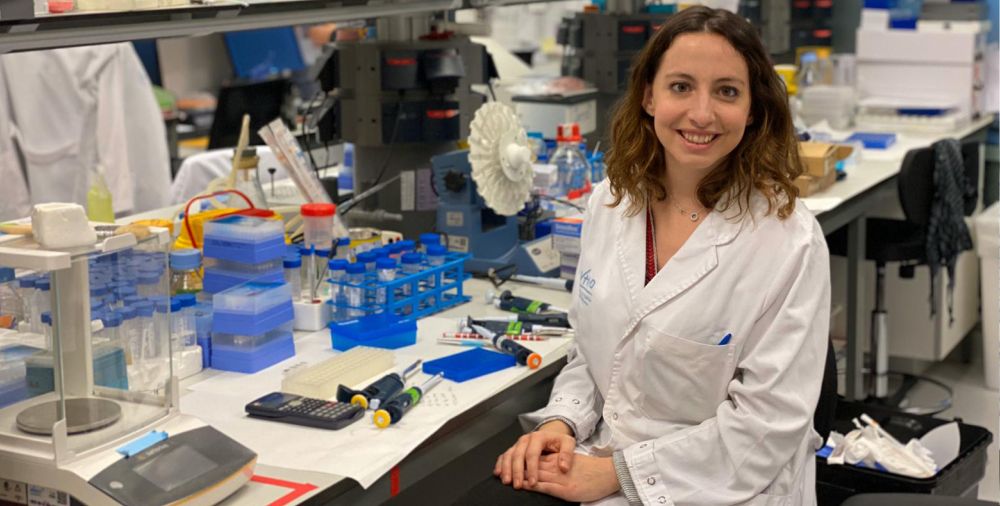
Increasing number of young individuals are being diagnosed with colorectal cancer. This week, we hosted medical oncologist Iosune Baraibar, who shared what she at
@vhio.bsky.social, and @danafarber.bsky.social collaborators are doing to understand and act on this epidemic. Honored to work at VHIO.
20.06.2025 15:13 — 👍 2 🔁 1 💬 0 📌 0
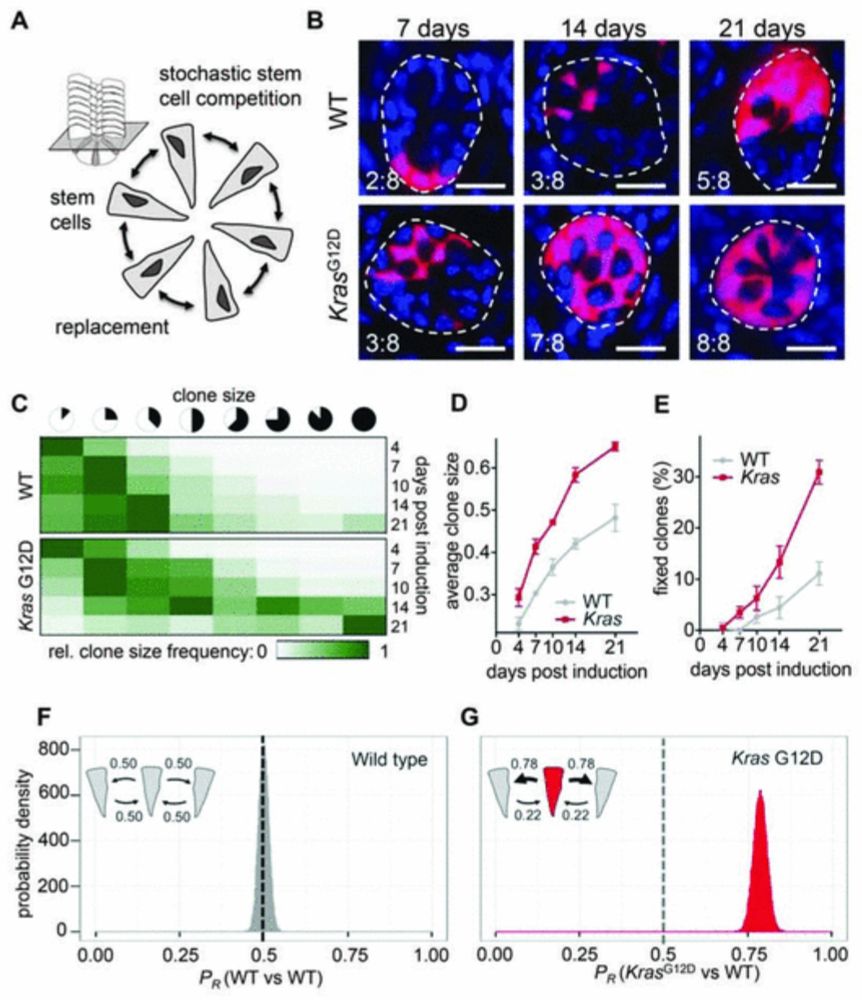
Defining Stem Cell Dynamics in Models of Intestinal Tumor Initiation
Common genetic alterations during tumor initiation in the mouse gut reveal clonal advantages. [Also see Perspective by Bozic and Nowak]
For colon cells to form cancer, they must acquire mutations—but how do early mutant clones expand? Vermeulen et al. use lineage tracing to show that competition with wild-type cells is real, and chance dominates.
Marc Guasch #JournalClub
www.science.org/doi/10.1126/...
13.06.2025 09:03 — 👍 1 🔁 0 💬 0 📌 0
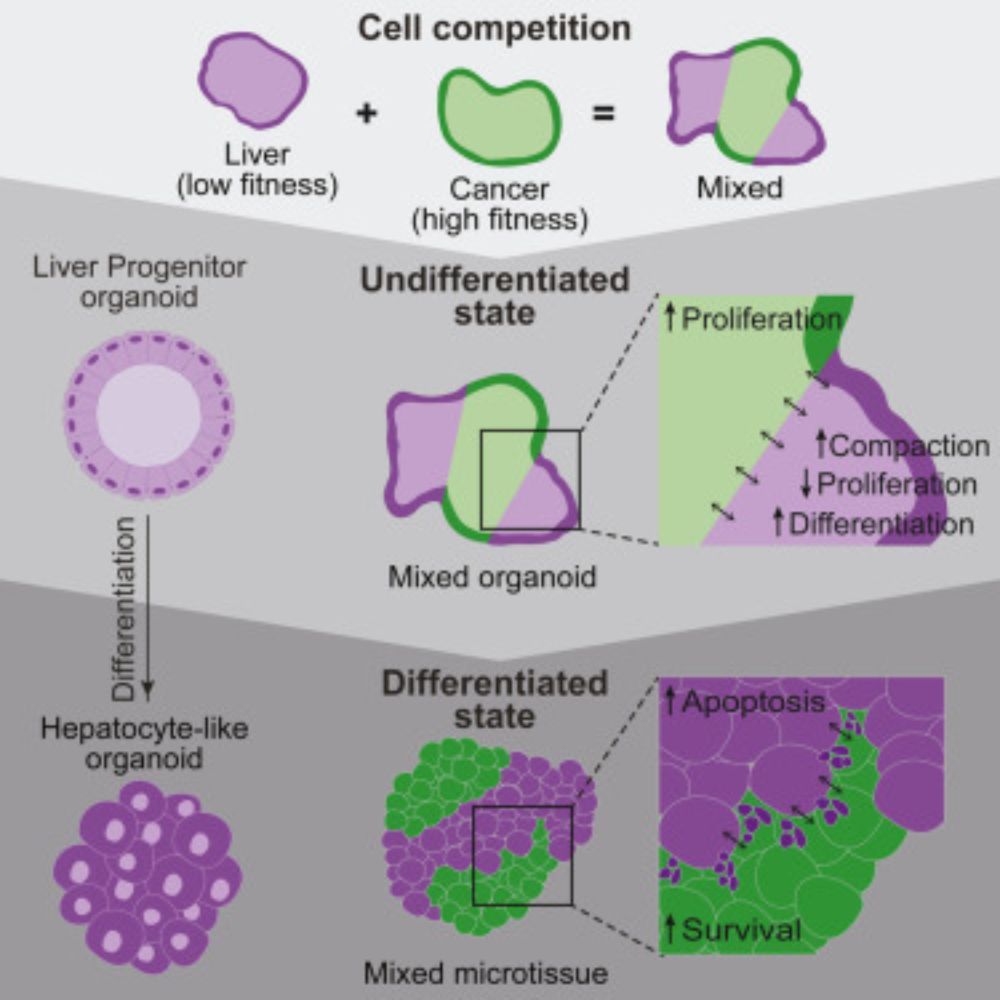
Cell competition promotes metastatic intestinal cancer through a multistage process
Microenvironment; Cell biology; Cancer
Krotenberg et al. created fluorescent mixed organoids to study cell competition in colorectal cancer. They show cancer cells actively eliminate wild-type neighbors via JNK signaling to fuel their growth.
Marc Guasch #JournalClub
www.cell.com/iscience/ful...
09.06.2025 08:50 — 👍 0 🔁 1 💬 0 📌 0
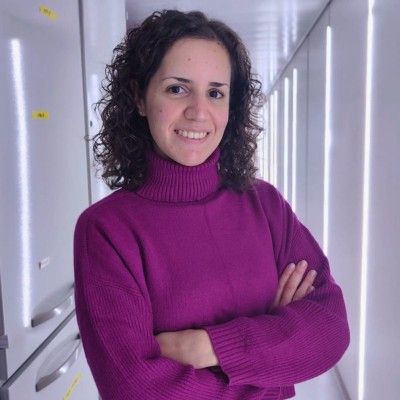
🚀 Recently, we welcomed Agnese Brischetto as our #JournalClub invited speaker! She shared insights into the biology of psoriasis—an autoimmune skin condition affecting ~3% of the population—along with intriguing findings on potential new treatments.
06.06.2025 08:37 — 👍 1 🔁 0 💬 0 📌 0
Bioquímic
Postdoctoral researcher at @imperialcollegeldn.bsky.social and @crick.ac.uk, PhD a la Universitat de Barcelona @ub.edu | Teaching at University College London | Singing at Evoke Choir
| De Tarragona
Assistant Investigator at the Gladstone-UCSF Institute of Genomic Immunology
Scientific Manager - VHIO
Director, Marc and Jennifer Lipschultz Precision Immunology Institute: https://icahn.mssm.edu/research/immunology
Harnessing the innate immune system for novel therapies against cancer & inflammatory diseases: https://www.meradlab.org/
Lab of Dr Suzanne Cloonan at Trinity College Dublin, Ireland 🇮🇪
Adjunct at Weill Cornell Medicine, NYC 🇺🇸
We study #Iron and #Mitochondria in chronic and acute lung 🫁 disease focusing on macrophages, AT2 epithelial cells and host-pathogen interactions
Group Leader at IGBMC, Strasbourg; researching senescence in cancer, regeneration and disease.
Aging | Leukemia | HSCs heterogeneity | lineage tracing | Chromatin
https://www.cellsenescence.info/iberoicsa
Iberoamerican community on cell senescence
Comunidad iberoamericana sobre senescencia celular
Comunidade ibero-americana sobre senescência celular
PhD student, Molecular medicine. Laboratory of Cell Senescence, Cancer and Aging (Collado Lab).
Ramón y Cajal Researcher #JuniorPI #extracellularvesicles #senescence #ferroptosis #Inflammaging #senodrugs #aging #cancer
Washington University School of Medicine Professor | Diabetes Researcher | Stem Cell Biologist | Bioengineer | Inventor | STEM Educator | Former MIT & Harvard | Former Biotech VP | https://sites.wustl.edu/millmanlab/
Principle investigator working at Institut Pasteur, senescence & cellular reprogramming/plasticity in tissue regeneration & cancer & ageing
Scientific Strategy at VHIO & CancerCoreEurope | Science Communication at UNAV & UAB | Former Nature Medicine editor & cancer researcher
BSc in Biology & MSc in Biomedicine || PhD student in the Cancer Genome Engineering lab (VHIO, Barcelona, Spain)
Medical Oncologist MD
Clinical Fellow @mdanderson.bsky.social
Drug Development/Phase I Department 18-25'
Thoracic Tumors Unit
@VHIO.bsky.social
Vocal Junta Govern #COMB Bcn '21-'25
Asesor y prof @SalutUIC since '19
#PhaseI #oncology #research #academy
Scientific Coordinator @ National Center for Tumor Diseases (NCT) Heidelberg
Operational Board Member @ Cancer Core Europe












